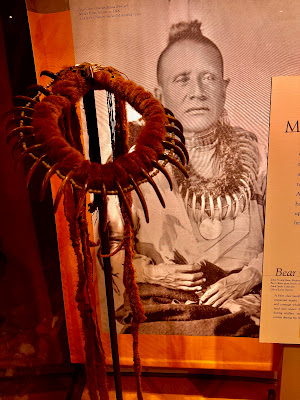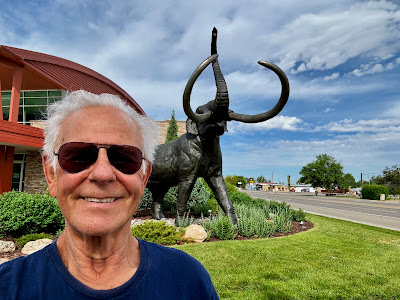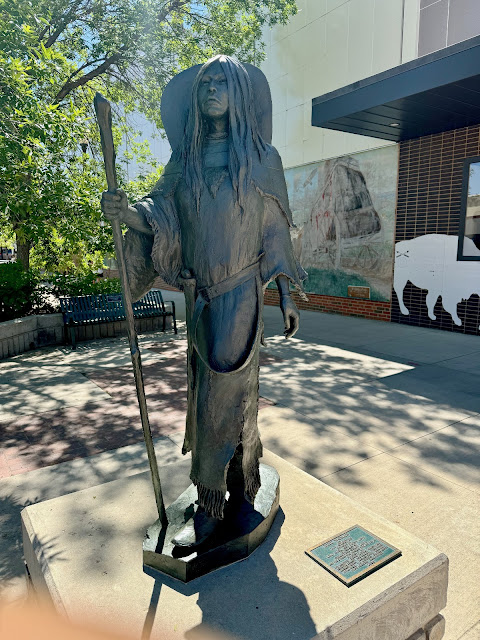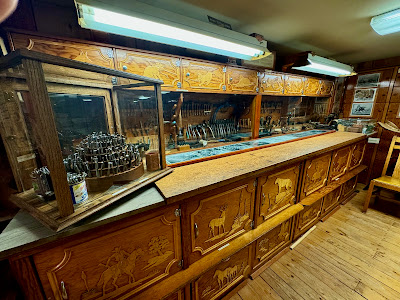The Plains Indian Museum in Cody, Wyoming is one of five museums at the Buffalo Bill Center of the West. This Native American museum explores the lives of Plains Indian peoples, cultures and traditions over hundreds of years.
"A good traveler has no fixed plans, and is not intent on arriving." ~ Lao Tzu
6.24.2024
Buffalo Bill Center of the West
6.18.2024
Washakie Museum
The Washakie is a delightful and informative museum in Worland, WY
6.14.2024
Buffalo WY
Old town Buffalo has a cornucopia of art. Each block has a half dozen statues on each side of the street.
The King family saddlery legacy began with Don King in 1946. Don coined the Sheridan flower style of leather carving, a detailed and intricate art that helped put King's Saddlery on the map. Today, the Sheridan style has influenced leather workers all over the world.
In 1949, the call of his previous occupation became too strong, so he bought some acreage and began ranching. With too many irons in the fire, he closed his shop. In 1959, he received a contract to make the Rodeo Cowboys Association World Championship saddles. He was enthused by being able to make these saddles as nice as he wanted to. He continued making them until 1966. In 1961, Don opened his second shop. Business boomed and soon Don was way behind in his saddle orders. Don worked nights when it was quiet, and pushed all the time. Finally, there came a day in 1968 when one order too many broke the camel’s back. Don said, “I burned out on saddles twice. I had a 150 orders for me (personally) and I just canceled everything.” Eventually his sons got involved: Bobby ran the rope department, Bruce worked on the business end of things, John became the head saddle maker.
Over the years, King’s took a lot of trade-ins on new saddles. Some of these old saddles were antiques with a lot of history. Don liked to collect old saddles and other historical items
The museum houses over three decades of the King family’s dedication to collecting Western and cowboy memorabilia from all over the world. In addition to the hundreds of saddles that line the walls, the Don King Museum also showcases perfectly preserved wagons, coaches, Indian artifacts, guns, Western tack and original artwork.
















.jpeg)


















































